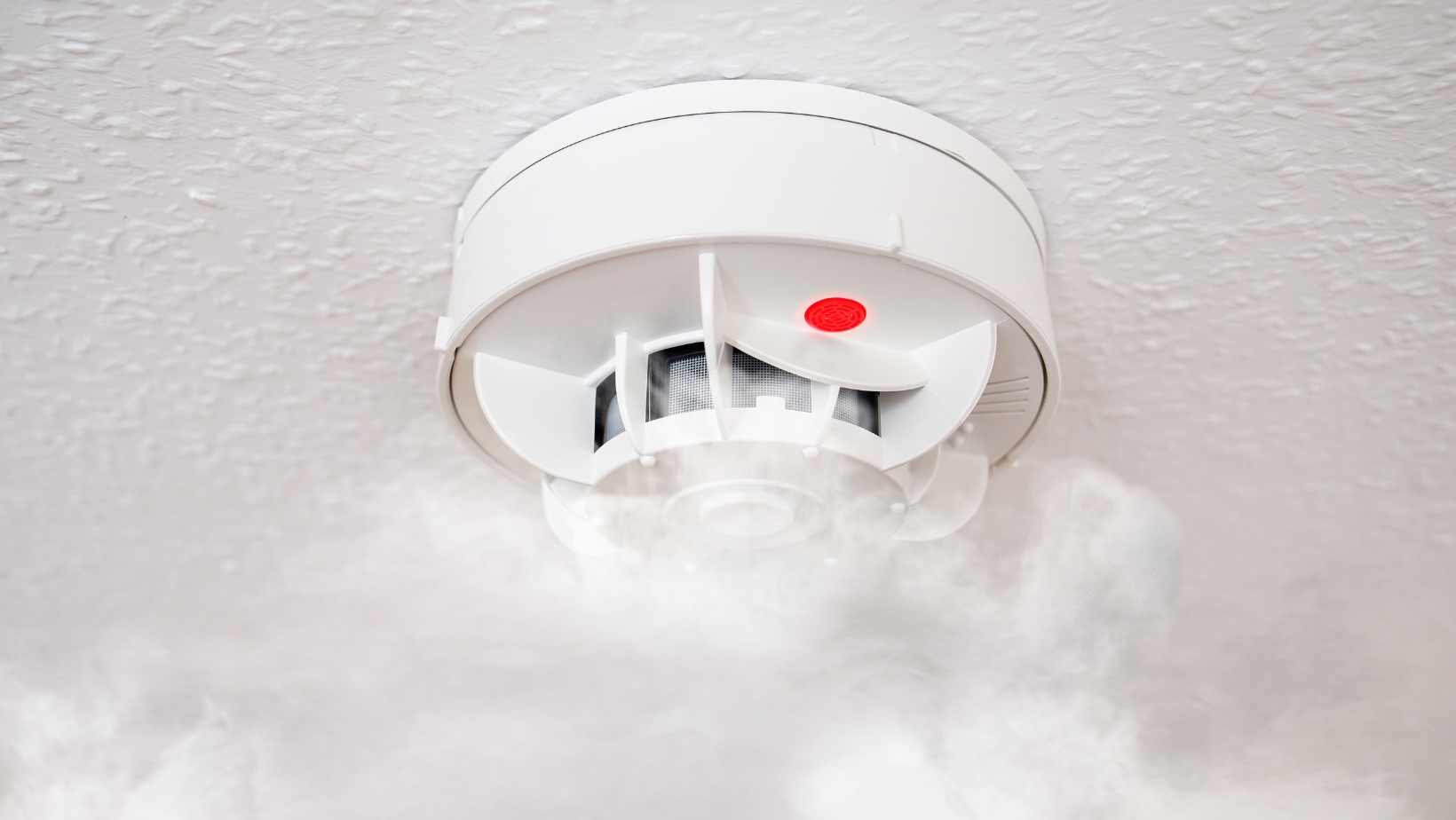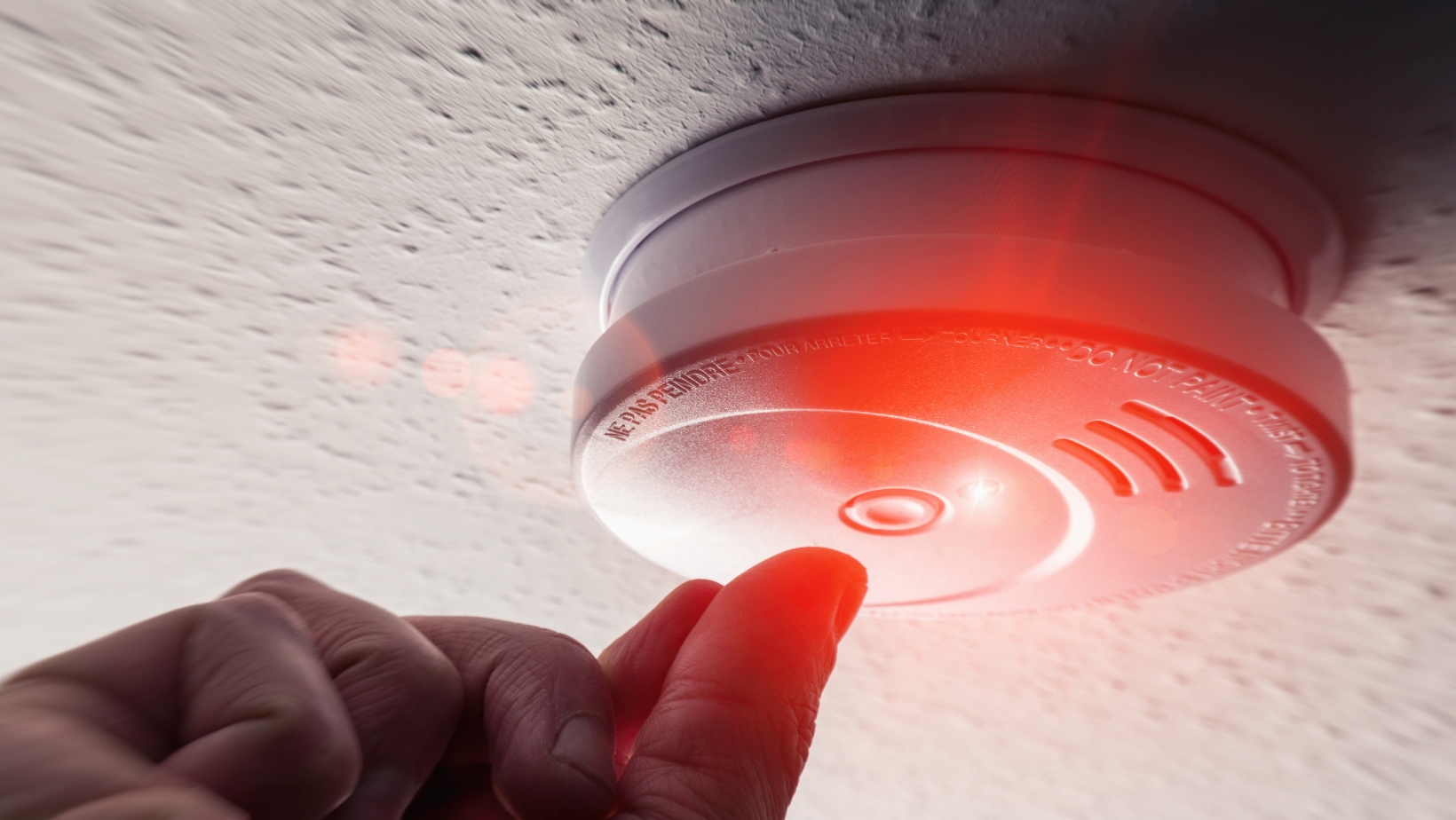Are you looking for a reliable and efficient solution to enhance the safety of your garage? Look no further than a heat alarm specifically designed for garages. With its advanced technology and specialized features, a heat alarm for your garage can provide an added layer of protection against potential fire hazards.
Installing a heat alarm in your garage is crucial as it can detect rapid increases in temperature, alerting you to potential fire outbreaks before they escalate into dangerous situations. Garage fires can be particularly hazardous due to the presence of flammable materials such as gasoline, oil, and various chemicals. By having a heat alarm installed, you’ll have peace of mind knowing that you’ll be promptly notified if there’s any abnormal rise in temperature within your garage.
A heat alarm for your garage is designed to withstand harsh conditions typically found in garages, including extreme temperatures and high levels of humidity. It operates independently from smoke alarms and is specifically calibrated to respond to changes in temperature rather than smoke particles. This ensures that false alarms are minimized while providing accurate detection when it matters most.
Table of Contents
ToggleHeat Alarm for Garage
When it comes to choosing the right heat alarm for your garage, there are a few important factors to consider. A heat alarm is a crucial safety device that can provide early warning in the event of a fire, helping to protect your property and loved ones. Here are some key points to keep in mind when selecting a heat alarm for your garage:
- Temperature Sensitivity: Look for a heat alarm that has the appropriate temperature sensitivity for your garage environment. Garages can often experience fluctuating temperatures due to weather conditions or appliances like heaters or dryers. Ensure that the heat alarm you choose is designed to detect abnormal rises in temperature and trigger an alert.
- Alarm Type: There are different types of heat alarms available on the market, including standalone units and those that can be interconnected with other smoke or carbon monoxide detectors in your home. Consider your specific needs and preferences when deciding which type of alarm is best suited for your garage.
- Power Source: Heat alarms can be battery-powered or hardwired into your electrical system. Battery-powered options offer flexibility in terms of installation but require regular battery replacements. On the other hand, hardwired alarms provide continuous power but may necessitate professional installation.
- Additional Features: Some heat alarms come with additional features such as built-in LED lights for added visibility during emergencies or wireless connectivity for remote monitoring through smartphone apps. These extra features could enhance the functionality and convenience of your chosen heat alarm.
By considering these factors, you can make an informed decision about which heat alarm is most suitable for safeguarding your garage against potential fire hazards.

Installation Guide for a Garage Heat Alarm
In this section, I’ll provide you with a step-by-step installation guide for a garage heat alarm. Follow these instructions carefully to ensure the proper functioning and effectiveness of your heat alarm.
- Choose the right location:
- Select an optimal location for your garage heat alarm. It should be mounted on the ceiling or high up on the wall, away from any obstructions.
- Ensure that it’s positioned at least 10 feet away from any cooking appliances, fuel-burning equipment, or sources of excessive heat.
- Avoid placing it near ventilation openings or corners where air circulation may be limited.
- Gather the necessary tools: Before starting the installation process, make sure you have the following tools handy:
- Screwdriver
- Drill (if required)
- Anchors (if needed)
- Mounting bracket (included with most garage heat alarms)
- Prepare for installation: Ensure that power is turned off in your garage before proceeding with any electrical work. This will prevent accidents and ensure your safety throughout the installation process.
- Install mounting bracket: If your garage heat alarm comes with a mounting bracket, attach it securely to the desired location using screws or anchors if necessary.
- Connect wires: Follow the manufacturer’s instructions to connect the wires of your garage heat alarm to their respective terminals. Make sure to match positive (+) and negative (-) connections correctly.
- Securely mount the heat alarm: Place your garage heat alarm onto its mounting bracket and secure it tightly using screws provided with the device. Double-check that it’s firmly attached and won’t easily come loose.
- Test functionality: After completing the installation, turn on power in your garage and test whether your new heat alarm is functioning properly.
- Press and hold down the test button on your device until you hear a loud beep sound.
- If there are multiple levels of sensitivity settings available, adjust it according to your preferences or the specific requirements of your garage.
Congratulations! You have successfully installed a heat alarm for your garage. Remember to regularly test and maintain the alarm to ensure its continued effectiveness in detecting and alerting you of any potential heat-related hazards. Stay safe!





